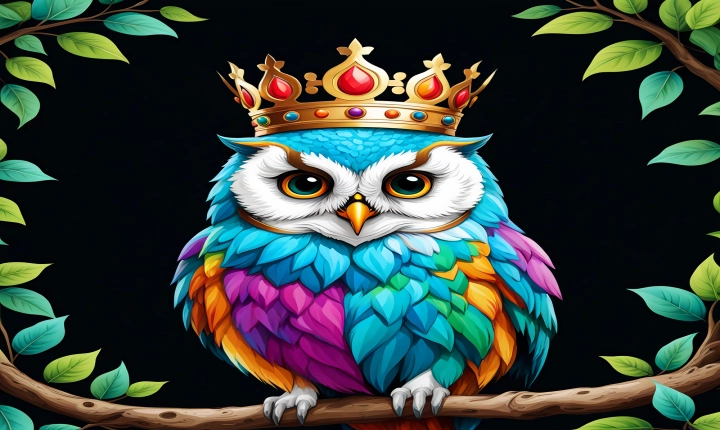AI upscaling is transforming the way we view and interact with digital content. It’s a process that uses artificial intelligence to enhance the resolution and quality of images, videos, and other media. By employing advanced algorithms and machine learning techniques, AI upscaling can increase the detail and sharpness of digital content, making it appear more lifelike and visually appealing.
One of the most significant benefits of AI upscaling is its ability to revitalize old or low-resolution content. For example, it can breathe new life into classic movies, photographs, and artwork by enhancing their visual quality and making them suitable for modern high-definition displays. This not only preserves the cultural heritage but also provides a more enjoyable viewing experience for audiences.
The technology behind AI upscaling involves training algorithms on vast datasets of high-resolution images and videos. By learning patterns and structures within the data, these algorithms can effectively extrapolate and generate new pixels to fill in the gaps in lower resolution content. As a result, the upscaled content retains its natural appearance and avoids common artifacts such as blurriness or pixelation.
Furthermore, AI upscaling is not limited to static images and can also enhance the quality of video content. This has enormous implications for industries such as film restoration, where old movies and TV shows can be remastered to meet modern viewing standards. Additionally, it enables content creators to upscale their own productions, ensuring that their work looks its best on a variety of displays and devices.
Another area where AI upscaling is making a significant impact is in the world of gaming. With the increasing demand for high-resolution graphics and immersive experiences, game developers are utilizing AI upscaling to enhance the visual quality of their titles. This allows them to deliver stunning visuals without sacrificing performance, as the upscaling process can adapt to different hardware capabilities.
It’s essential to note that AI upscaling is not without its challenges and limitations. While the technology has advanced rapidly in recent years, it’s not yet perfect and can sometimes introduce artifacts or inaccuracies, especially when upscaling complex or highly detailed content. Additionally, there are ethical considerations to be addressed, such as the potential for misinformation or manipulated images to be spread if not implemented responsibly.
In conclusion, AI upscaling holds great promise for improving the visual quality of digital content across various industries. Its ability to breathe new life into old media, enhance the gaming experience, and provide high-quality visuals for modern displays makes it a valuable tool in the digital landscape. As the technology continues to evolve, it will be fascinating to see how AI upscaling shapes the future of visual media.
